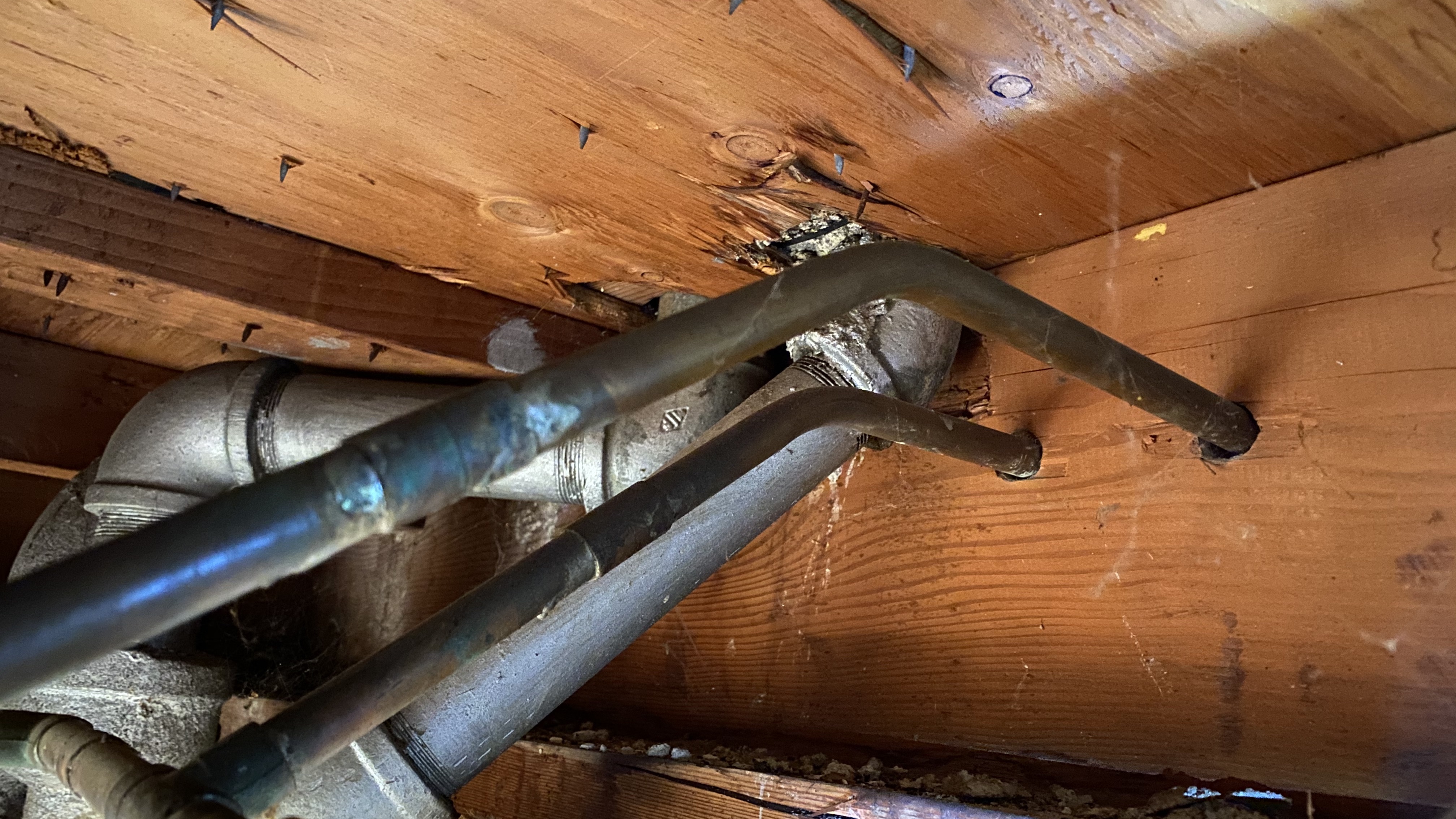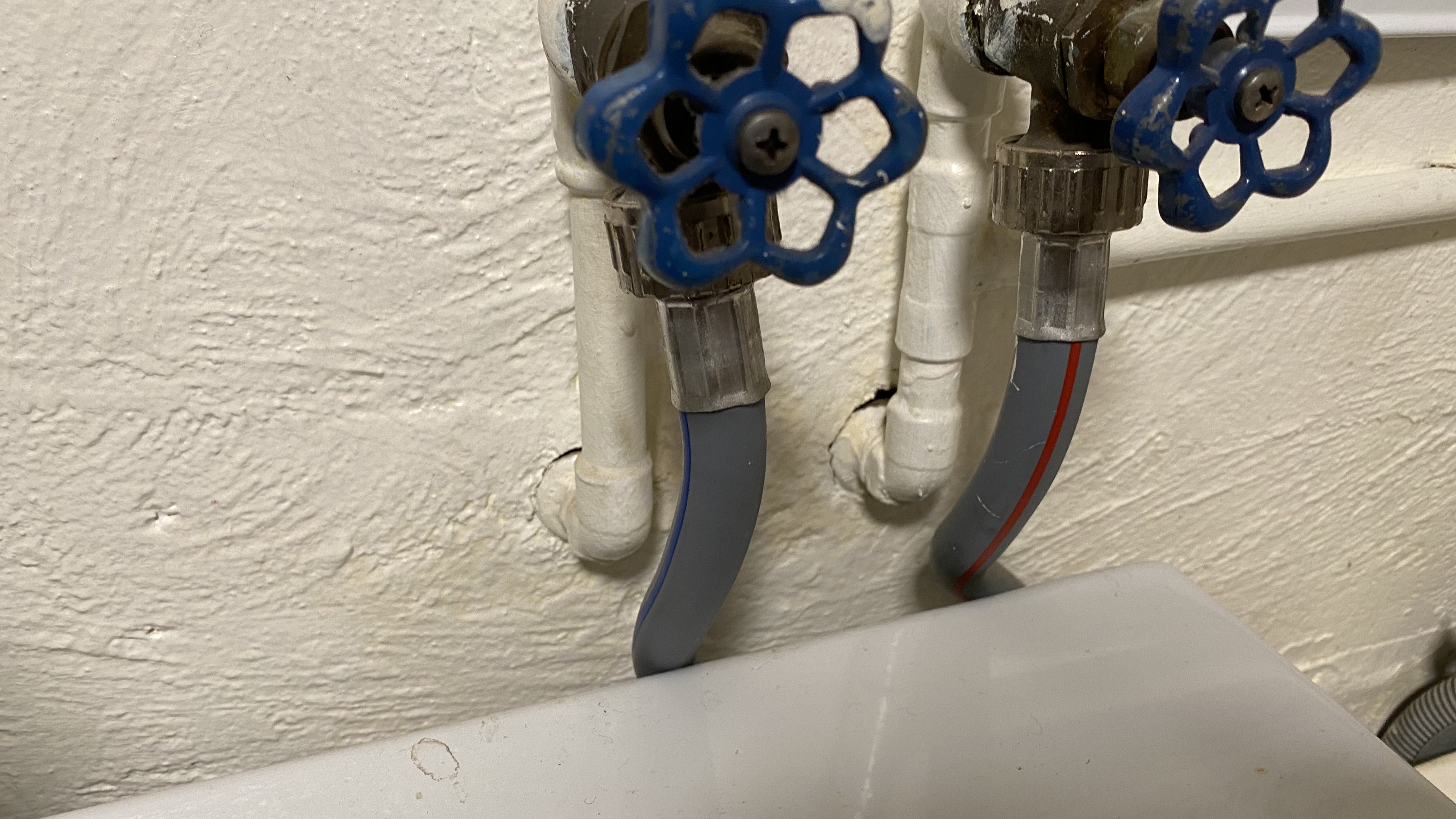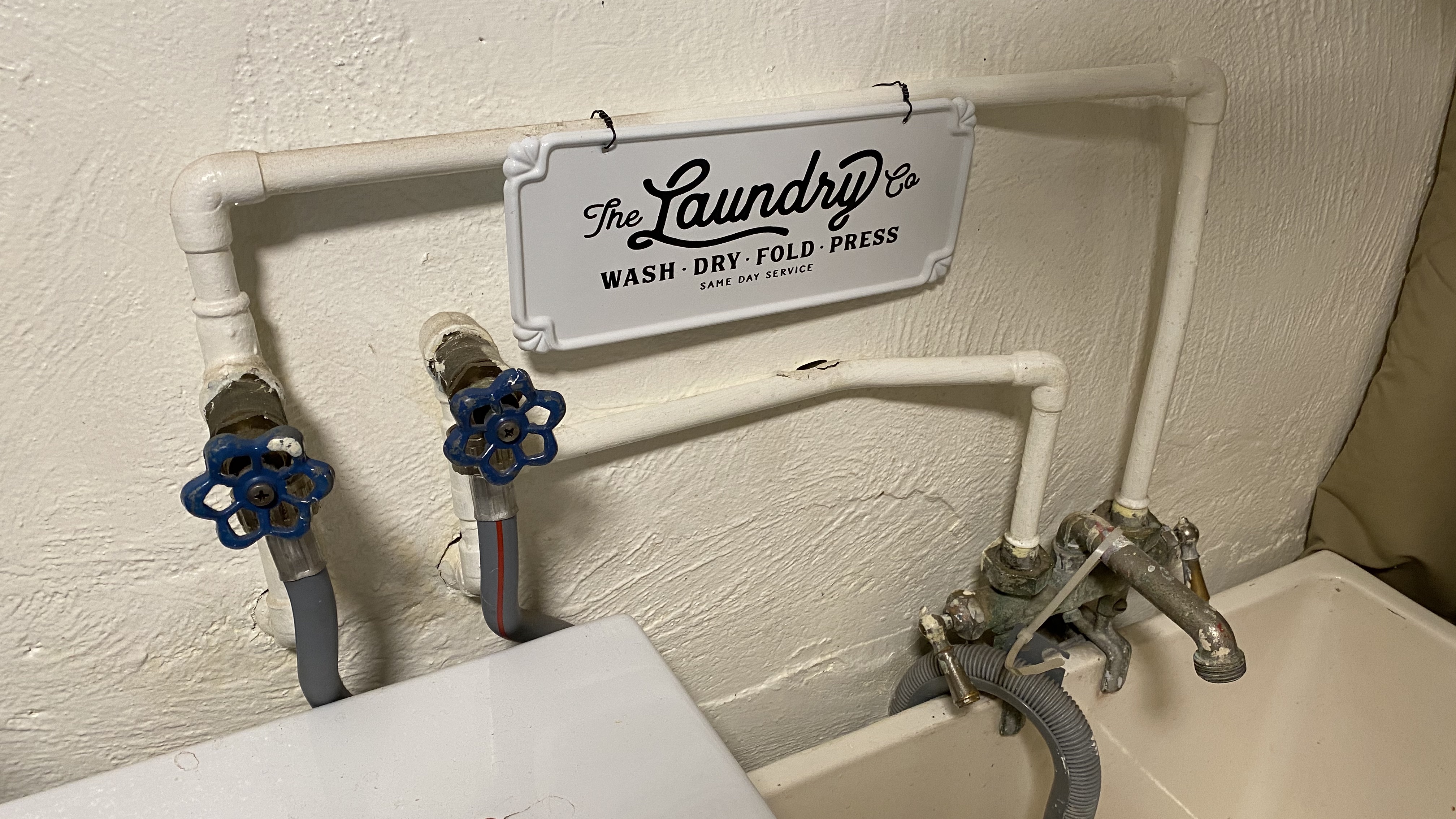Hello,
I am in the process of adding compression ball valves on all relevant lines of my piping. I am done with the exception of one location (2x lines for laundry) where the only way to fit the valve is to replace the existing sweat coupling. The required distance for ball valve is 1.5” (pipe to be removed) and the coupling there right now is exactly that length.
It is an extremely tight place that is very close to lots of wood and I dont want to use a torch (I do have a MAP torch though).
My question is, if I cut the existing pipe right where the coupling starts (but not on the coupling and pipe instead), can the existing solder remaining on the pipe cleaned with regular method? I have the emory cloth as well as the circular tool with lots of teeth that you get on the pipe. Would those things be able to remove the solder or would the solder be have to be melted with torch?

I am in the process of adding compression ball valves on all relevant lines of my piping. I am done with the exception of one location (2x lines for laundry) where the only way to fit the valve is to replace the existing sweat coupling. The required distance for ball valve is 1.5” (pipe to be removed) and the coupling there right now is exactly that length.
It is an extremely tight place that is very close to lots of wood and I dont want to use a torch (I do have a MAP torch though).
My question is, if I cut the existing pipe right where the coupling starts (but not on the coupling and pipe instead), can the existing solder remaining on the pipe cleaned with regular method? I have the emory cloth as well as the circular tool with lots of teeth that you get on the pipe. Would those things be able to remove the solder or would the solder be have to be melted with torch?








